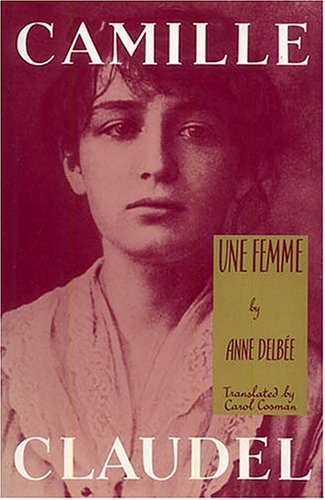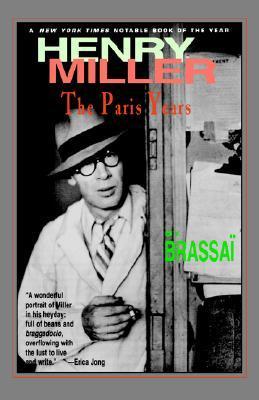
Camille Claudel
Book Description
A tempest of passion and ambition unfolds as Camille Claudel, a brilliant sculptor, struggles against the confines of a male-dominated art world and a love that threatens to consume her. As her exquisite visions clash with the expectations of society and the turbulent relationship with her mentor, Auguste Rodin, Camille’s talent becomes both her salvation and her curse. Layers of betrayal, madness, and determination weave through her story as she fights for recognition and freedom. Can she carve her own legacy from the shadows, or will her genius be lost forever in the chaos of desire and despair?
Quick Book Summary
"Camille Claudel" by Anne Delbée traces the tumultuous life and artistry of one of France’s most gifted but tormented sculptors. Born into a society that stifled female ambition, Claudel’s unyielding passion for sculpture both ignited her career and fueled personal struggles. The book reveals her intense creative partnership and fraught romance with the famed Auguste Rodin, showcasing the complexities of love, mentorship, and rivalry. Despite Claudel’s relentless pursuit of recognition and independence, she confronts social prejudice and the mounting pressures of an unforgiving art world. Delbée’s biography paints a poignant portrait of genius, betrayal, and resilience, illuminating the price Claudel paid for her artistry and her lasting, if shadowed, influence on art history.
Summary of Key Ideas
Table of Contents
Women Challenging Patriarchal Art Institutions
Camille Claudel’s early life is marked by an extraordinary talent for sculpture and a fierce determination to pursue her passion. Facing the rigid constraints of late 19th-century France, Camille must fight for her place in a male-dominated artistic arena. Her family’s lack of support and the prevailing attitudes toward women in art make every step a battle, but her conviction propels her to Paris. There, she enters the studio of Auguste Rodin as a promising pupil, setting her on a course for artistic greatness and personal turmoil.
The Intersection of Genius and Madness
The creative and romantic relationship between Claudel and Rodin is central to her biography. Their connection fosters artistic innovation, but is fraught with competition, power imbalances, and emotional instability. Rodin recognizes Claudel’s brilliance, often integrating her contributions into his own work, blurring the lines between muse and creator. As their affair grows, so does Camille’s sense of betrayal—she struggles to step out from Rodin’s shadow and claim her own artistic identity amid rumors, societal censure, and Rodin’s refusal to fully commit to her.
Artistic Partnership and Betrayal
Claudel’s fight for recognition as an independent artist is relentless. She works with feverish intensity, producing sculptures admired for their originality, sensitivity, and technical mastery. However, as she challenges patriarchal art institutions and confronts harsh critics, obstacles mount. Sexism, professional sabotage, and suspicion about her mental state intensify her sense of isolation. Her visionary approach, far ahead of her time, fuels both her success and alienation, deepening her internal conflict between creative fulfillment and public acknowledgment.
The Quest for Recognition and Independence
Betrayal marks Claudel’s private life and career. Friends abandon her, family members—especially her brother Paul—wrestle with her nonconformity, and Rodin’s shadow looms over her reputation. Financial hardships and a deteriorating mental state result in growing paranoia and reclusiveness. The French society that once lauded her promise ultimately consigns her to obscurity as she is committed to an asylum, ostensibly for madness, but truly for defying convention and gender norms.
Legacy and the Erasure of Women Artists
Anne Delbée’s biography culminates in a meditation on the erasure and rehabilitation of Camille Claudel’s legacy. Though her later years are tragic, Claudel’s pioneering spirit and the poignancy of her art endure. Delbée interrogates the systems that silence female genius and the cost of living authentically in oppressive circumstances. Through evocative prose and careful research, the book calls for Claudel’s rightful place in art history, preserving her story as a testament to creative resilience and the enduring struggle for recognition faced by women artists.
Download This Summary
Get a free PDF of this summary instantly — no email required.





